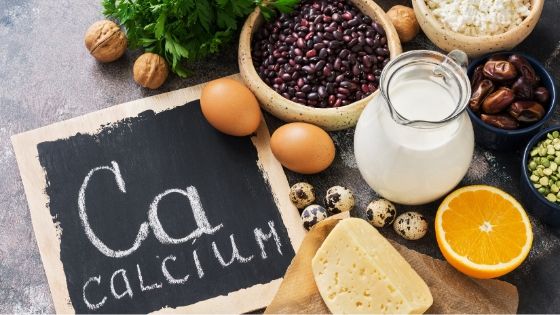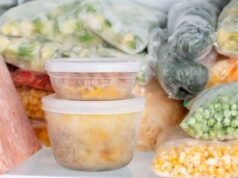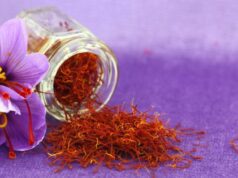Most people don’t realize just how important calcium is for your health and well-being. You need calcium, because it is one of the most abundant minerals in your whole body. Your muscles, bones, teeth, and nerves all need calcium to stay strong and function properly. Without it, you will feel weary and unwell.


Most adults need around 1,000 mg of calcium a day. Women over 50 need around 1,200 mg, and men over 70 need the same amount. Children between the ages 4-18 need around 1,300 mg. Now, these numbers don’t seem too bad. You might even be thinking that you are getting enough through diet alone.
Unfortunately, a large portion of the population is failing to meet that 1,000 mg/day requirement for calcium! To help you get enough calcium, here are some examples of the best sources of calcium to add to your diet:
1. Seeds
You might not think it, but seeds are powerhouses when it comes to delivering micronutrients. Poppy, sesame, and chia seeds are all excellent additions if you want more calcium. A tablespoon of poppy seeds provides 126 mg of calcium. Sesame seeds (all things made from sesame, like tahini) gives you a lot of calcium, too.
So go on, eat that hummus!
2. Dairy
Cheese, milk, and yogurt continues to outstrip all other food groups when it comes to delivering calcium—but dairy alternatives are fortified and catching up. Still, most cheeses, like Parmesan cheese, are great. A single serving of Parmesan cheese gives about 330 mg of calcium.
A cup of yogurt (245 grams) has about 30 percent of your daily calcium and healthy bacteria for your gut.
A glass of milk, depending on whether it is whole or nonfat, gives between 276-352 mg of calcium.
3. Beans and Lentils
Black beans, kidney beans, lentils, and chick peas are all excellent sources of protein, fiber, iron, magnesium, potassium, and zinc. Winged beans are the best for calcium. Around 172 grams of cooked winged beans will prove you with 244 mg (or 24 percent) of your daily calcium. A cup of white beans provides around 13 percent, and other varieties of lentils and beans yield around 4-6 percent of daily calcium.
4. Leafy Greens
Not all leafy greens are going to give you a shot of calcium, but a number of dark green veggies have a large percentage of vitamins and minerals. Collard greens, kale, and spinach are all high in calcium. One cup (about 190 grams) of collard greens gives you 266 mg of calcium, which is around 25 percent of the daily recommended intake of calcium.
However, you need to be careful, because some leafy greens, like spinach, contain something called oxalates, which make it harder for calcium to be absorbed by your body. That is why kale and collard greens, which have lower amounts of oxalates, are a better decision for upping your calcium intake.
5. Almonds
What can’t the amazing almond do? It can be used as an alternative to dairy, flour, and even as a way to get your daily source of calcium. That’s right. A handful of almonds—around 22 nuts—gives you about 8 percent of your required calcium. Almonds also deliver about 3 grams of fiber in a 28 gram serving. You also get healthy fats, protein, manganese, magnesium, and vitamin E.
So there you have it—5 of the best foods of calcium. Be sure to incorporate them into your diet and keep your bones healthy and strong!









